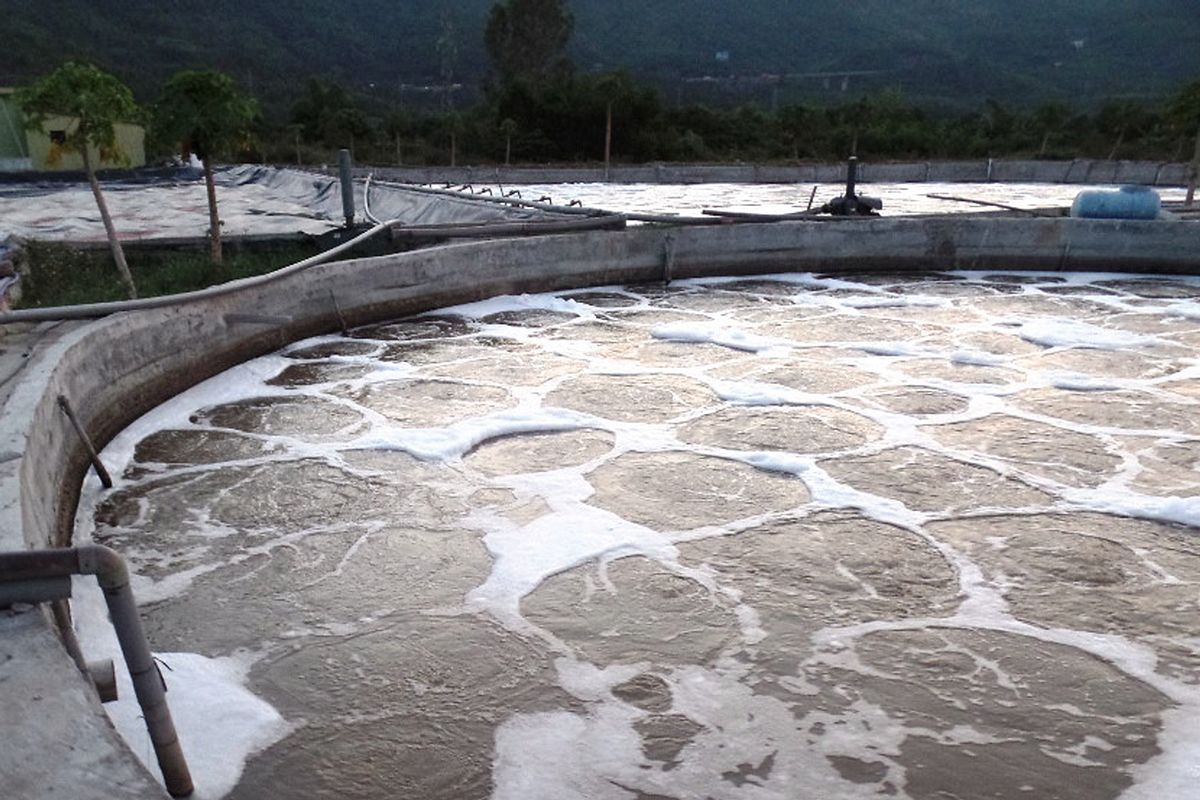A new Harvard-backed report is predicting the future of Southeast Asia’s air quality, and it does not look good.
The study, released earlier this month, expects the region’s coal emissions to triple by 2030, reports CNN, prompting an equally large spike in air pollution-related deaths throughout Southeast Asia.
Current estimates put the number of air pollution-related deaths in the region at 20,000 per year, with a significant amount of this pollution caused by coal-fired power plants. If regional plans to develop more of these facilities stay on course, Southeast Asia could see as many as 70,000 air pollution-related deaths annually by 2035.
It makes sense, given Saigon’s noticeable decline in air quality in recent months, that the largest emissions increases are predicted for Indonesia and Vietnam. At present, the latter is home to approximately 20 coal-fired power plants, however plans are in place to expand that figure to 32 such facilities by 2020, and on to 51 by 2030, reports the Nikkei Asian Review.
This is the result of soaring energy demand, not only within Vietnam but throughout the region, where factors including rapid population growth, economic development and migration toward cities have contributed to a greater need for power. Between 2011 and 2035, Southeast Asia’s electricity demand is forecast to climb a staggering 85%, or twice the global average, according to CNN, though Greenpeace Energy Desk claims the figure is actually 83%.
However, while this uptick in coal-fired power plants – a cheap, if dangerous, form of energy – is meant to put Vietnam’s energy supply on par with its demand, these power plants also pose a serious health risk.
“Reliance on coal in emerging Southeast Asian countries will have substantial and long-lasting impacts on air quality and public health,” the study’s lead researcher, Shannon Koplitz, told CNN.
Indeed, air pollution – both from coal-fired power plants and other sources, such as traffic exhaust – have done a number on the country’s air quality. VnExpress recently reported data from the World Health Organization (WHO), which found that Hanoi experienced 282 days of unsafe air quality readings in 2016, while Saigon saw 175 days of poor air quality per WHO standards. In the capital, the average level of PM2.5 fine particulate matter was 50.5 micrograms per cubic meter of air, or five times the safe limit recognized by WHO.
VnExpress also noted that a 2016 survey performed by the Green Innovation and Development Center, a local organization which advocates for environmental sustainability, found that more than 70% of its 1,400 respondents in Hanoi noticed respiratory problems among themselves or their family members.
Though the situation in Saigon isn't quite as dire, air quality in the southern hub still doesn’t look good, particularly over the past few months. Aron Szabo, a representative of IQAir, a firm which sells air purification devices, has noticed consistent patterns in the city’s recent air quality readings.
“Our readings are consistently worse in the mornings and evenings (during peak traffic hours),” he tells Saigoneer via email. “Surprisingly, recently we have seen several pollution surges, just after midnight, around 1-2 am, measured by independent sources – which we cannot explain.”
Szabo added: “There were days when the worst values of the day were in fact measured just past midnight.”
While Szabo is hesitant to explain why this uptick in air pollution might be happening – he’s not really sure what’s causing the higher readings – he’s not very optimistic about the immediate future.
“Virtually everyone expects this trend to continue and get even worse, before it gets better,” Szabo says.
Some experts, however, argue that Southeast Asia does not represent the worst of coal consumption. According to CNN, coal-fired power plants already claim the lives of 100,000 people a year in India.
“To present Indonesia as the bad case compared with the US, China and India is not fair. China consumes 40 times the coal Indonesia consumes,” an anonymous spokesperson for the International Energy Agency told the news outlet.
The spokesperson continued: “The IEA is very clear that the countries should explore all the potential for low carbon energy, but also that energy poverty is an important issue in many countries in the world.”
However, while China and India fare far worse in terms of air quality, Greenpeace air pollution specialist and study co-author Lauri Myllyvirta also pointed out to CNN the proactive steps these two countries are taking to combat future environmental damage.
“China is the world's uncontested leader in adding renewable power capacity,” Myllyvirta told the news outlet. According to the specialist, China’s increase in electricity demand since 2013 has been covered in full by clean energy projects.
For other nations, however, the dire pollution levels of China are not something to aspire to; on the contrary, Myllyvirta argues, they should be taken as a warning sign. He told CNN: "I very much hope that air pollution does not have to reach the horrendous levels we are currently witnessing in China and India before action is taken to shift to clean energy."
It remains to be seen whether Vietnam will make a concerted effort to change course on coal-fired power plants, however the country has already begun a handful of efforts to cut back. Last week, VnExpress reported that government officials had axed 17 of the country's planned power plants which, according to Myllyvirta, will lower Vietnam's potential coal casualties by a quarter.
[Photo via Greenpeace Energy Desk]















